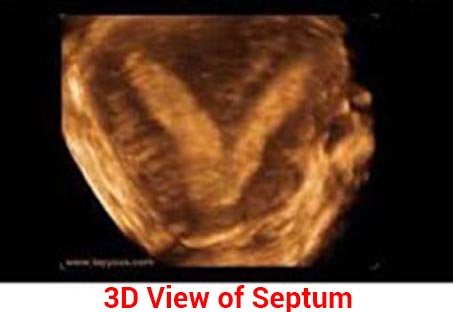The uterus or the womb can be the reason for infertility in some women. The uterus, a hollow thick-walled muscular structure which is lined by a functional hormone-dependent layer endometrium, into which the early embryo implants. Besides this, the uterus plays key roles in moving the sperm to the egg by delicate contractions.
The endometrium is the inner lining of the uterus responding to hormones of reproduction, estrogens, and progesterone. It can be viewed easily with the ultrasound and the trilaminar appearance ensures good estrogen action and readiness for receiving the embryo. Lack of estrogens, thyroid hormone and excess of prolactin can cause a thin endometrium. If the endometrium is devoid of the basal layer, the hormones cannot bring about the 8 mm trilaminar appearance. This leads to failure of implantation. however, if the basal layer is intact, the endometrium can be thickened with estrogens even in postmenopausal women.






